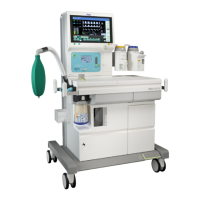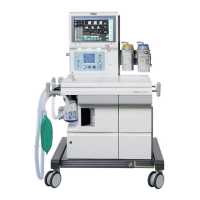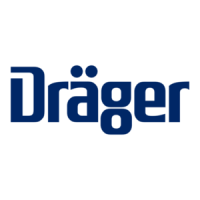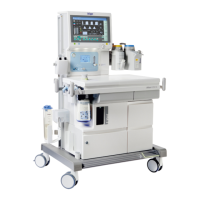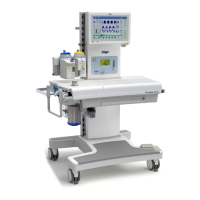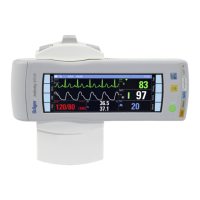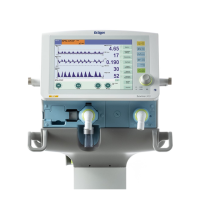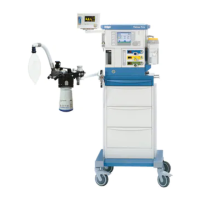Introduction
18 Instructions for Use Apollo SW 4.5n
Part Number: 9053586, 3rd edition
Optional:
– Plethysmogram
– PAW-V loops and V-Flow loops
The following parameters are displayed as bar
graphs
– Inspiratory tidal volume, expiratory tidal volume,
and leakage tidal volume
– Volumeter
– Pressure
– Low-flow wizard for indicating fresh-gas utilization
(optional)
Trends showing the measured values over time and a
logbook are also available.
Monitoring
By means of adjustable alarm limits which can
automatically be adapted to the momentary ventilation
situation.
With monitoring for
– Airway pressure P
AW
– Expiratory minute volume MV
– Apnea
– Inspiratory and expiratory anesthetic gas
concentration
– Detection of anesthetic gas mixtures
(simultaneous detection of up to two anesthetic
agents)
– Inspiratory O
2 and N2O concentrations
– Inspiratory and expiratory CO
2 concentrations
– Special alarm response in Bypass Mode
– Automatic agent alarm activation for multiples of
MAC (xMAC)
Optional:
– Oxygen saturation
– Pulse rate Pulse
Environment of use
Apollo is designed for use in areas in which therapeutic
or diagnostic procedures can be performed.
Do not use Apollo in the following environments:
– Outside buildings
– On intensive care units
– During patient transport
– In vehicles, airplanes, or helicopters
WARNING!
Risk of explosion and fire
The medical device is not approved for use in
areas where oxygen concentrations greater than
25 Vol%, or combustible or explosive gas
mixtures are likely to occur.
WARNING!
Risk of device failure and/or danger to patient
Magnetic fields may negatively influence the
proper function of the medical device, thus
endangering the patient or user.
The medical device must not be used in the
vicinity of magnetic resonance imagers (MRI,
NMR, NMI).
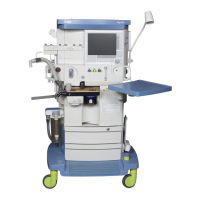
